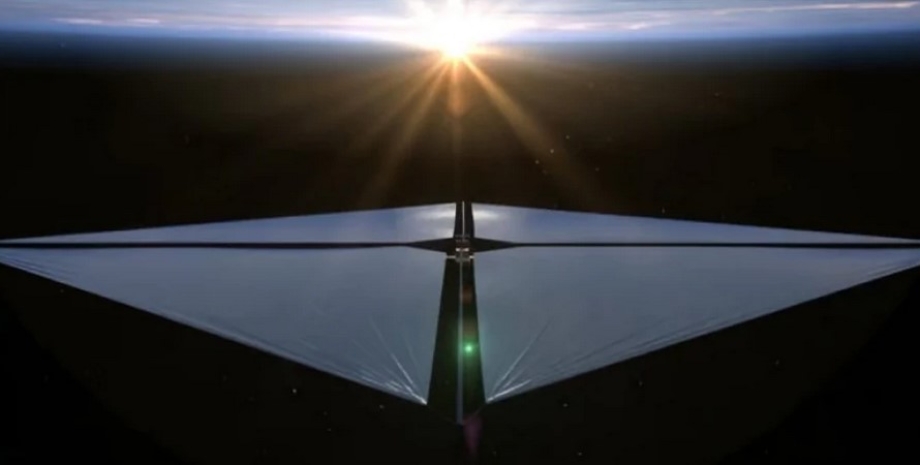
Subscribe not to miss the latest and most intrusive news from the world of science! Solar sails use the pressure of sunlight to move probes in space, as sails of earth ships use the wind. Probes with solar sails do not need fuel movement, so many scientists believe that this technology will help to conduct space exploration more efficiently.
Several probes with solar sails have been sent to orbit in recent years to test this technology, and ACS3 from NASA is another step forward in developing this method of moving in space. According to Rocket Lab, a new composite arrows will be checked in orbit that hold the solar sail. They deploy a sail from a folded state to a size about 9 meters on each side.
The data collected during this mission will be used to design future large -scale composite solar sails, which will be equipped with satellites of early warning about space weather, asteroid and sun study devices. The ACS3 solar sail probe was still a minor amount of Electron rocket launcher on board. The main load was the satellite of the NEONSAT-1 land, created at the Korean Institute of Advanced Technologies (South Korea).
This satellite will use a high resolution and artificial intelligence technology for monitoring and tracking natural disasters off the coast of Korea. Neonsat-1 was deployed at a height of 520 km above the ground about 50 minutes after the start, and then a little later was deployed ACS3 at a height of 1000 km, as planned. For Rocket Lab, this orbit has become the fifth this year and the 47th.
We remind that in the sun there was an extremely rare event, when at one time there were in different parts of the star four outbreaks. For the most part, similar radiation emissions occur in pairs, but sometimes they are grouped into large groups. It is assumed that this happens when the sun is the peak of the star, as the focus has already written. Focus also wrote that scientists have found new mutated bacteria in space that could threaten the lives of astronauts.










All rights reserved IN-Ukraine.info - 2022